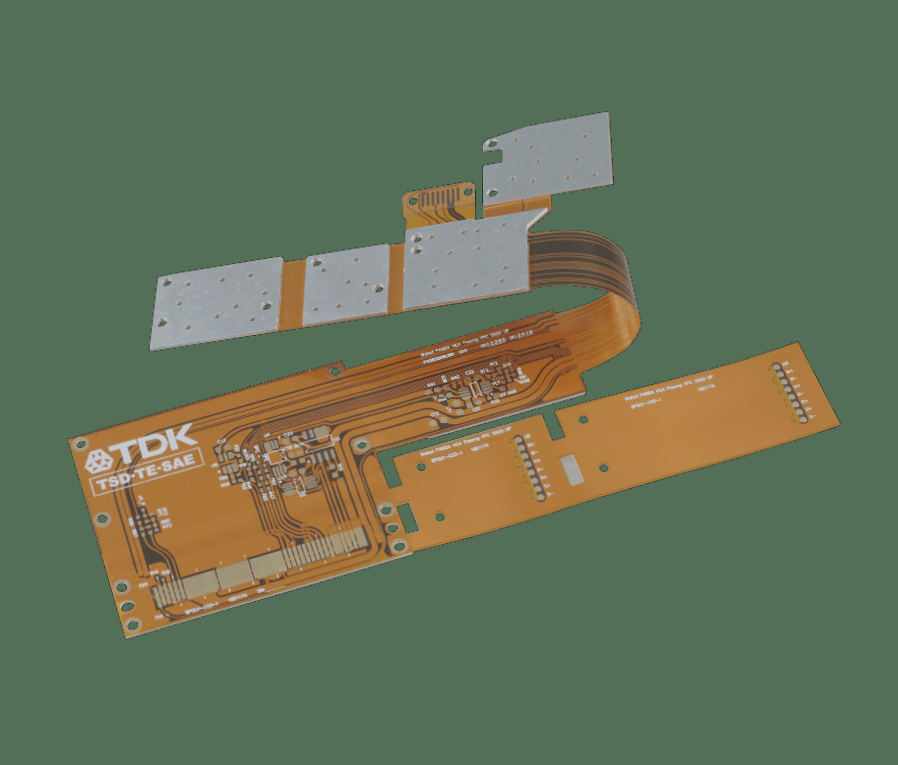Types of PCB Circuit Boards
-
Single-Sided Boards
Single-sided boards have components concentrated on one side and wiring on the other. They are suitable for simpler circuit designs due to design restrictions.
-
Double-Sided Boards
Double-sided boards have wiring on both sides connected through vias, making them more suitable for complex circuits.

-
Multilayer Boards
Multilayer boards stack multiple single-sided or double-sided boards, creating four-layer or six-layer PCBs. They offer increased wiring area and design flexibility.
Features of PCB Technology
-
High Density
Advancements in integrated circuit integration and mounting technology have led to high-density printed boards.
-
High Reliability
PCBs undergo rigorous inspections and tests, ensuring reliable operation for extended periods, typically around 20 years.
-
Design Flexibility
PCBs can be designed to meet various performance requirements through efficient design practices and standardization.
-
Producibility
Modern management enables standardized, scaled, and automated production of PCBs, ensuring consistent quality.
-
Testability
Established testing methods help in detecting and evaluating PCB product quality and longevity.
-
Assemblability
PCBs facilitate standardized, automated assembly of components, allowing for the creation of larger systems and machines.
-
Maintainability
Standardization in design and production enables quick and flexible replacement of parts, leading to rapid system restoration and other benefits.




